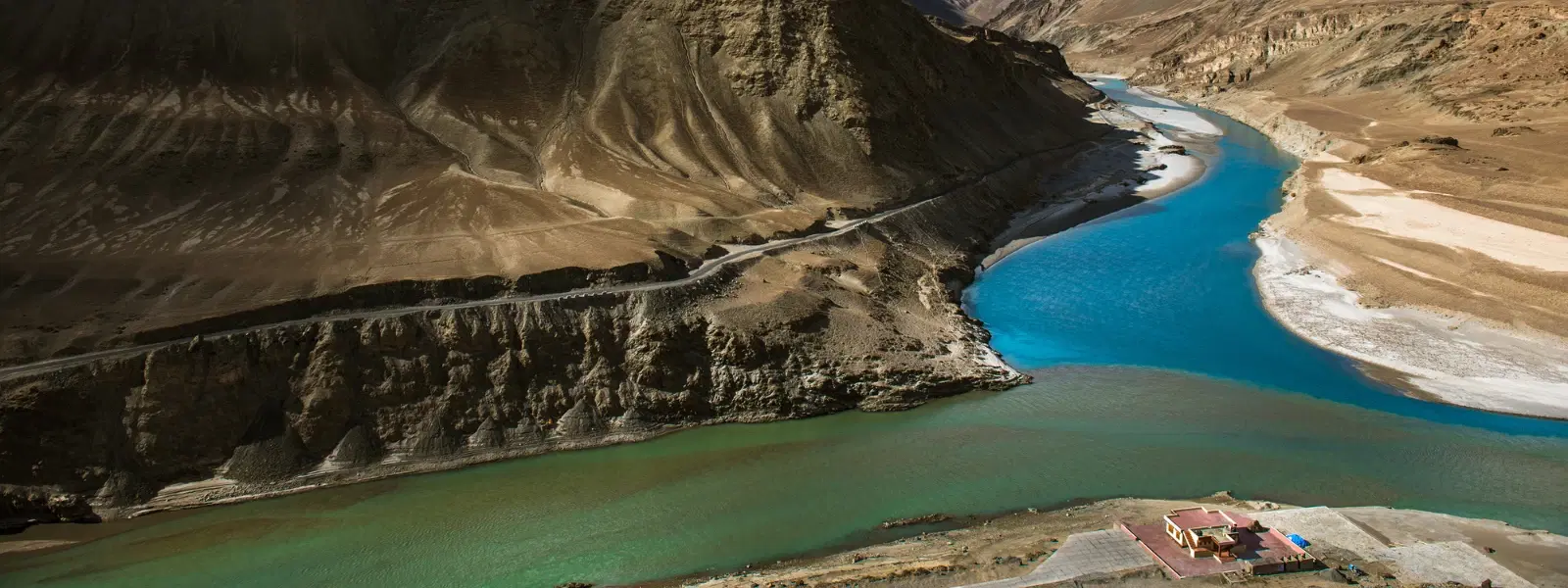
Flights
•04 min read

Imagine waking up to the serene beauty of Spiti Valley, where rugged mountains blend with sprawling skies and ancient traditions thrive in every corner. Staying in a homestay here offers a unique opportunity to experience the region's cultural heartbeat while relishing the warm hospitality of local families. This blog delves into the Spiti Valley homestay experience, a journey into authenticity where every moment is steeped in tradition and natural beauty. By the end, you'll understand why these local Spiti Valley stays truly stand out, how to pick the right accommodation, and what to expect from your immersive cultural adventure.
Unlike conventional hotels, homestays invite you into the everyday life of Spiti Valley. They are more than just places to sleep; they are gateways to genuine cultural exchange. When you step into a traditional Spiti Valley home, you become part of the household. The personal connections you form allow you to experience family values, age-old customs, and the authentic rhythm of village life that hotels simply cannot offer.
One of the most attractive features of these homestays is their affordability, making them a popular choice for budget stays in Spiti Valley. Guests savor home-cooked meals, learn about local traditions, and share conversations with host families. This deep cultural immersion enriches your travel experience, providing insights into ancient practices, regional recipes, and community spirit, all while being kind to your wallet.
Traditional homes in Spiti reflect the architecture and craftsmanship honed over centuries. These rustic dwellings, built to withstand the harsh Himalayan climate, often feature eco-friendly designs and natural materials. Their simplicity and charm not only preserve the region's heritage but also offer guests an intimate glimpse into the life maintained for generations.
In addition to classic homes, many guest houses and hybrid homestays now cater to modern travelers. These establishments combine contemporary comforts with local hospitality. While guest houses provide enhanced amenities and conveniences, some purists might prefer the raw authenticity of traditional stays. Each option brings its own set of benefits, making the choice a matter of personal preference and travel style.

Well-known villages such as Kaza, Tabo, and Dhankar offer an array of homestay options that speak to the diverse tastes of travelers. Kaza is vibrant and bustling with local life, while Tabo enchants with its ancient monastery and age-old art. Dhankar, perched on dramatic cliffs, brings panoramic views with an aura of mystique. Each village has its own cultural significance and scenic appeal, making them ideal hubs for an immersive cultural experience.
If you seek even deeper cultural immersion, consider the lesser-known villages nestled away from the tourist trails. These off-the-beaten-path homestays offer intimate interactions and tranquility, where the pace of life slows down considerably. In these serene settings, you can discover untouched traditions and robust community bonds that define the very soul of Spiti Valley.
Traveling to Spiti Valley requires a bit of planning. Due to the region’s high altitude, acclimatization is key—so pack essentials like warm clothing and stay hydrated. Transportation can be challenging on narrow mountain roads, so pre-booking local transport or renting a reliable vehicle is advisable. Also, note that weather conditions can change rapidly, which calls for readiness when the unexpected happens.
Compared to hotels, homestays generally offer significant savings in Spiti Valley. Costs for accommodations usually range between ₹800–₹1500 per night, with meals and other amenities often included. This makes them an excellent option for family-oriented planners and adventurous wanderers alike who are looking to enjoy a premium cultural experience without overspending.
Booking your ideal homestay requires a bit of research. Use trusted online platforms and local suggestions to find authentic Spiti Valley lodging. Reading reviews, verifying cancellations policies, and confirming the amenities offered ensures that your expectations align with what’s available. This due diligence helps secure a seamless and enriching travel experience.
Did you know that many Spiti Valley homestays are run by families who have lived in the region for generations? Staying in these homes allows you to hear firsthand stories of Spiti’s history, traditions, and way of life.

Once settled in a Spiti Valley homestay, daily routines become a window into the local way of life. You might help with farming, learn to cook using traditional recipes, or participate in seasonal festivals. These activities not only enhance your stay but deepen your understanding of the region’s cultural tapestry.
Building genuine relationships with host families and fellow villagers is at the heart of the homestay experience. Many travelers recount how heartwarming interactions and shared stories have enriched their journey. Conversations over tea, shared recipes, and traditional anecdotes can transform a simple stay into a cherished memory.
Yes, Spiti Valley is at a high altitude, so oxygen levels are lower than in plains. Travelers should acclimatize gradually and stay hydrated to avoid altitude sickness.
Homestays are generally more affordable than hotels in Spiti Valley, making them ideal for budget-conscious travelers.
A minimum of 7–10 days is recommended to explore Spiti Valley comfortably, including time for acclimatization and visiting key attractions.
Homestays typically cost between ₹800–₹1500 per night, depending on the location and amenities offered.
In summary, the Spiti Valley homestay experience offers a blend of cultural richness and personal interaction that no hotel can match. Whether you opt for a traditional home or a modern guest house, the deep dive into local traditions, breathtaking landscapes, and authentic village life makes your journey truly memorable. Embracing this immersive approach not only enriches your travel tale but also leaves you with a stronger connection to the soul of Spiti Valley.